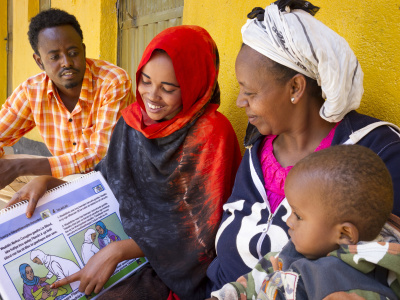
Promoting gender in the EU external response to migration: The case of the Trust Fund for Africa
The EU has stepped up its approach to gender in external action with the adoption of the second EU Gender Action Plan (GAP II) for 2016-2020. This research investigates how gender has been incorporated into the EU’s response to migration through development cooperation. In particular, we look at how this has been done through the EU Emergency Trust Fund (EUTF) for Africa, one of the main financial instruments for the EU’s engagement with African partners in the field of migration and displacement.
Summary
How are gender equality and women’s empowerment integrated into the EUTF for Africa? What are the challenges and what progress has been made in implementing the GAP II in the EUTF? Addressing gender inequalities to curb irregular migration flows and prevent violence and abuse is enshrined in the principle of intervention of the EU Trust Fund. However, our findings show that a number of challenges prevent a comprehensive approach to gender issues in these projects. We also highlight progress, best practices and lessons learned in the formulation, decision-making and implementation
processes of EU Trust Fund projects.
Our analysis is based on quantitative and qualitative data and is further underpinned by interviews with a selection of actors involved in the EUTF at the EU headquarters, in EU delegations, and among implementing partners.




